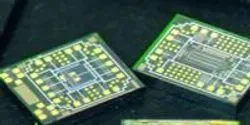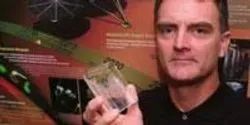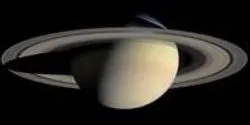space research

Sibling suns – made famous in the “Star Wars” scene where Luke Skywalker gazes toward a double sunset – and the planets around them may be more common than we’ve thought, and Cornell University astronomers are presenting new ideas on how to find them.

A space-based system that relies on lasers to generate and deliver energy to spacecraft has won a University of Alabama in Huntsville (UAH) professor a U.S. patent and could become a first-line defense against asteroids on a collision course with Earth.

Astronomers using NASA's Hubble Space Telescope have uncovered surprising new clues about a hefty, rapidly aging star whose behavior has never been seen before in our Milky Way galaxy. In fact, the star is so weird that astronomers have nicknamed it "Nasty 1," a play on its catalog name of NaSt1. The star may represent a brief transitory stage in the evolution of extremely massive stars.

A team of highly determined high school students discovered a never-before-seen pulsar by painstakingly analyzing data from the National Science Foundation’s (NSF) Robert C. Byrd Green Bank Telescope (GBT). Further observations by astronomers using the GBT revealed that this pulsar has the widest orbit of any around a neutron star and is part of only a handful of double neutron star systems.

A recent and famous image from deep space marks the first time we’ve seen a forming planetary system, according to a study by University of Toronto astrophysicists













